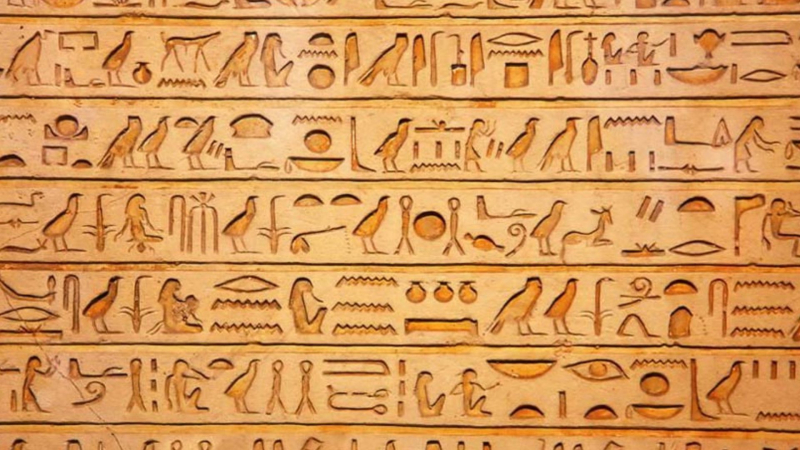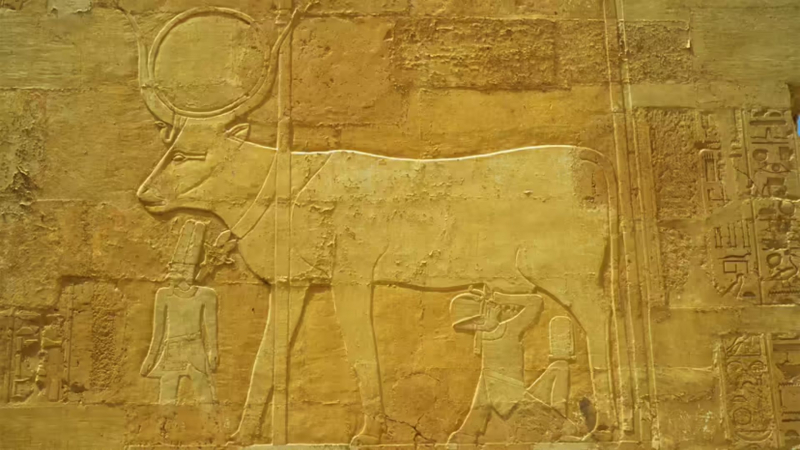Written Language
Drawings have long been used to tell stories; in fact, cave paintings from 30.000 B.C.E. have been discovered in Spain and France. However, it would take thousands of years for the earliest writing systems to emerge from Egypt and Mesopotamia, when pictures and paintings would eventually develop into the first written language.
Language is one of the most important ancient Egyptian innovations, they pioneered the skill of writing to express their ideas, at first the Egyptians used drawings and pictographic signs but ultimately after a few of thousands of years, they invented 24 alphabets (Where Each Symbol Represents a Sound Rather Than a Whole Word), about 3200 B.C.E, this caught on with Egypt's neighbors the Phoenicians who made their own alphabet which spread throughout the near east This influenced speech and writing and served as the impetus and basis for alphabets throughout the ancient world. The discovery of the Rosetta Stone in 1799 A.D. allowed for the disclosure of all of this knowledge. The ink was first used to write on papyrus by the ancient Egyptians in 3000 B.C.E., who were able to use their imagination to produce works of immortal literature like "The Pyramid Texts," "The Coffin Texts," and "The Book of the Dead" that reflected their emotions, legends, myths, adventures, and religious ideas.
Pictograms were the foundation of the Egyptian writing system. Pictograms were straightforward representations of the words they stood for, but they had certain drawbacks. With the addition of other components over time, the Egyptians were able to write out names and abstract concepts, including alphabet-like letters that stood for specific sounds and other characters. They have several languages over the years, including:
- Archaic Egyptian (before 2600 B.C.E.)
- Old Egyptian (2600–2000 B.C.E.)
- Middle Egyptian (2000–1300 B.C.E.)
- Late Egyptian (1300–700 B.C.E.)
- Demotic Egyptian (7th century B.C.E.–4th-century C.E.)
- Coptic (3rd– 12th-century C.E)

















